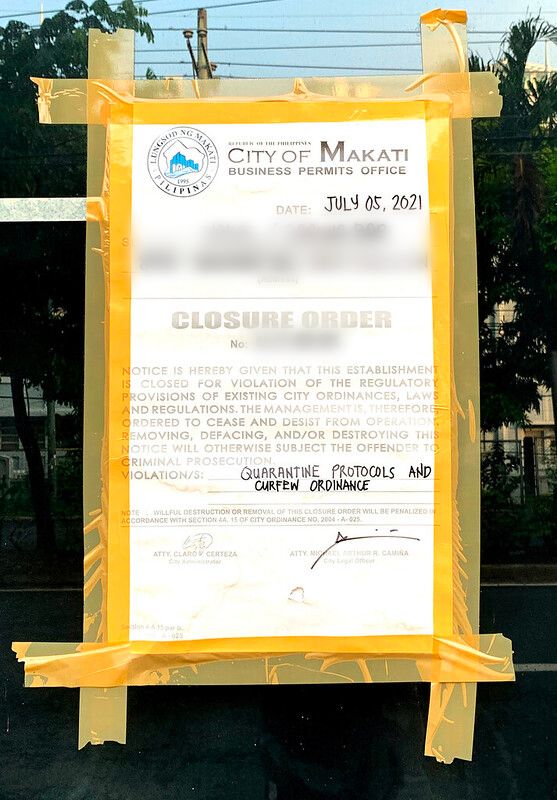What’s Manila Like?
Manila is many things. Like capital cities everywhere, it’s schizophrenic. Like many Asian capitals — Bangkok, Phnom Pehn, Jakarta, Kuala Lumpur (to an extent) — it’s a full-on, cursed by absurd traffic, swirling stew of chaos.
Parts of Manila look like a Bruegelesque Soylent Green remake. Other parts are fortified neighborhoods with armed guards and walls neatly manicured oozing wealth and privilege. Some parts are ancient Chinatown, and others are modern towers inhabited by the parvenu Chinese mid-managers of online gambling operations and smuggling rings.

Robert Kaplan’s not exactly wrong when he starts his description this way:
…the cityscape of the Philippine capital of Manila is … one of aesthetic and material devastation. Bad roads, immense puddles of rainwater because of poor drainage, beggars at stop lights, neon nightclub signs with letters missing, crummy buildings with the look of broken crates bearing no architectural style and none matching with any other, old air-conditioning units sticking out of this and that window like black eyes, jumbles of electric wires crisscrossing the twisted palm trees: these are the visual facts that impress one upon arrival.
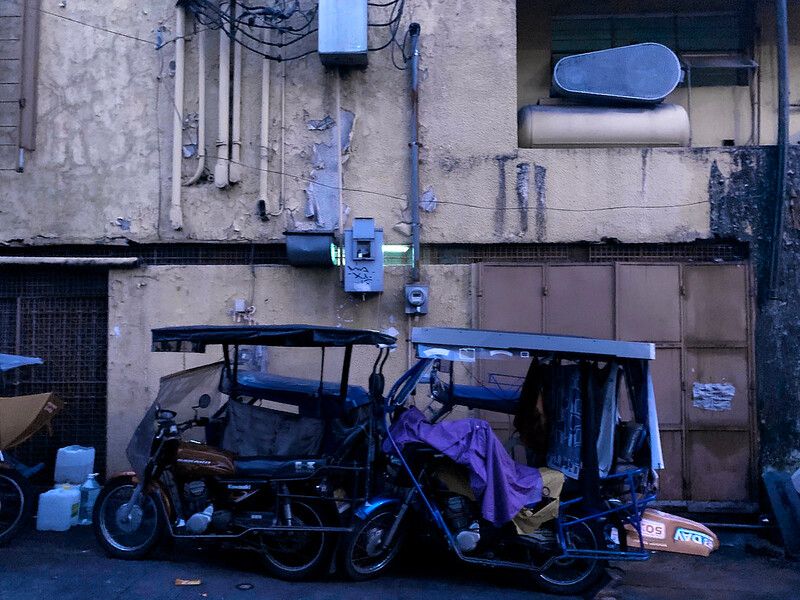
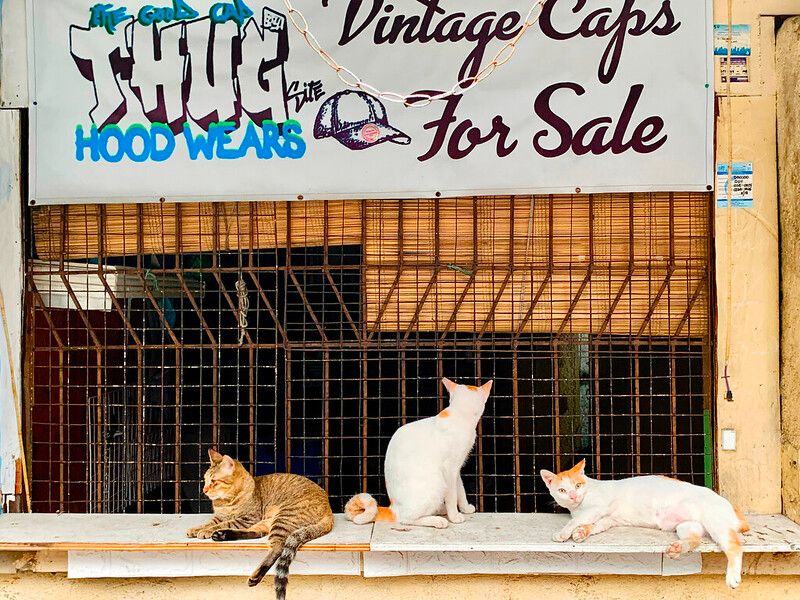
When you look deeper than this first impression, you see a city flush with the dividends of the call center industry and remittances from offshore workers. The diaspora care for the aged in Japan and Israel; perform in lounges everywhere; nurse in hospitals across the US, Canada, and the UK; toil below decks aboard ships on all of the seven seas.
If you look still deeper, you see a society trying to emerge from a nasty, brutish history in conflict with itself.
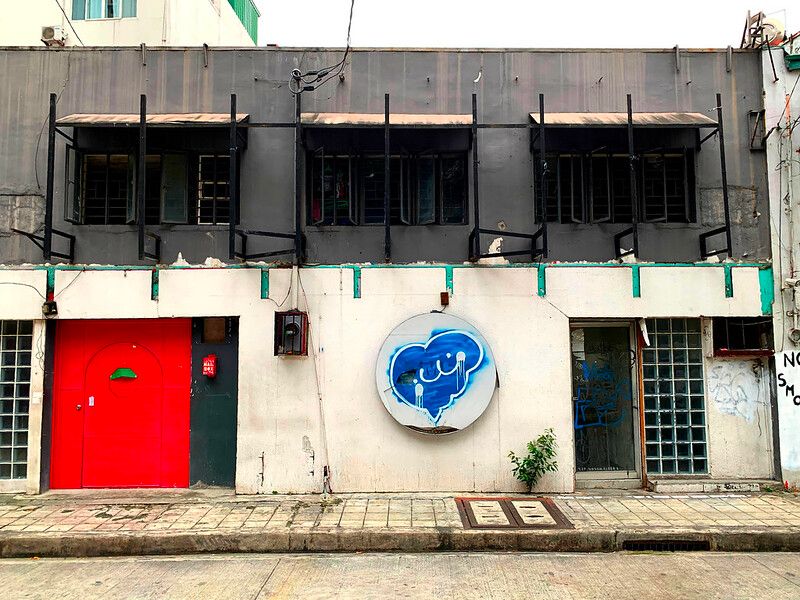
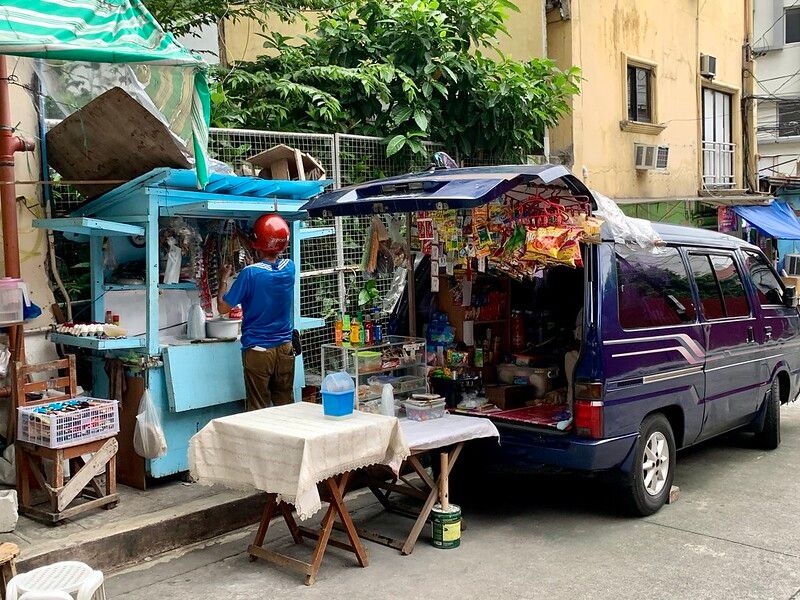
The Philippines’ modern history starts with Magellan’s “discovery” which opened the door to a Taliban-like Spanish regime of Catholic friars who learned the local dialects rather than teach Spanish for fear of literate subjects. Events move briskly with potential independence proffered and snatched back by America’s violent, world-power coming-out party.
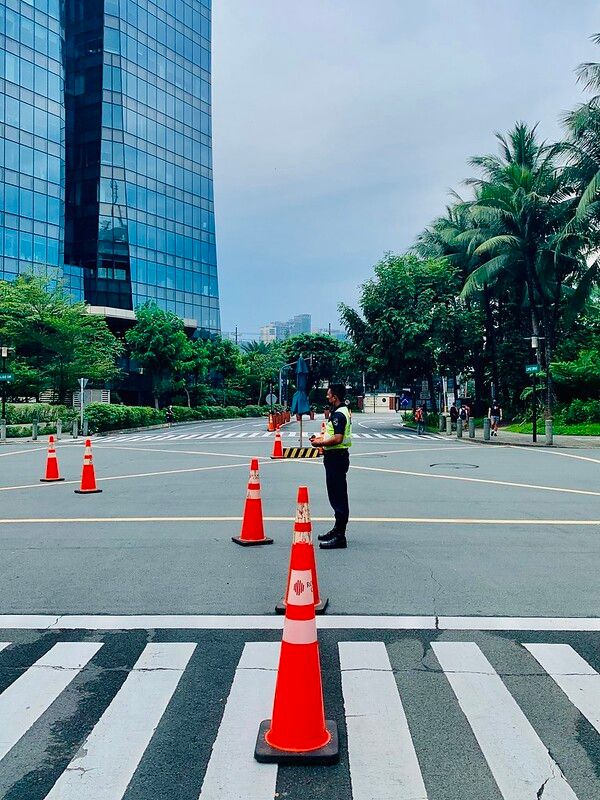
Japan’s ultra-violent arrival placed the Philippines under the Asian Co-prosperity Sphere upending the social order (such as it was) heaping payback on the US colony for mainland restrictions on Japanese colonial designs. MacArthur’s return — itself promoted to enhance his image for a future political career — destroyed Manila in order to save it.
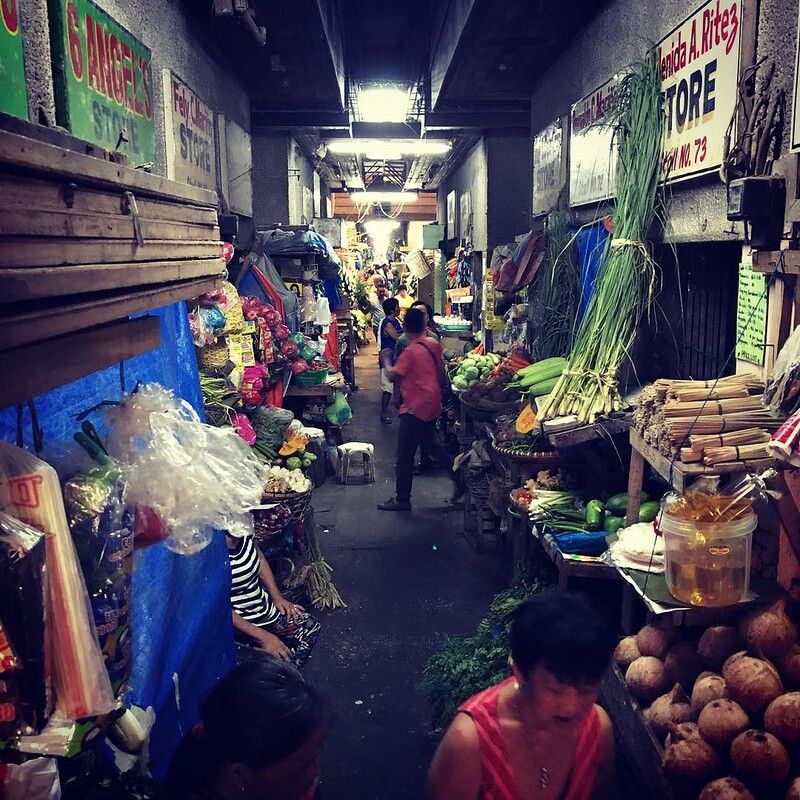


Add several helpings of inept politicians (with some notable exceptions) navigating a corrupt political infrastructure led by the double-decade kleptocrat Marcos regime, uneven infrastructure, crushing poverty, years of brain-drain, and you get a sense of the recursive national trauma that Manila embodies.
History serves Manila deep, wide smorgasbord of misery and half-baked colonial ambition but optimism keeps finding a way.
